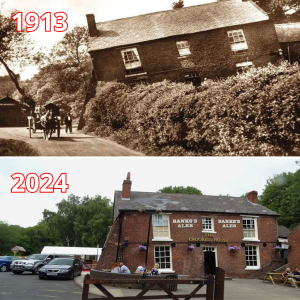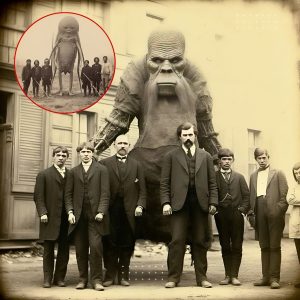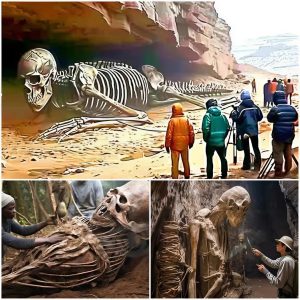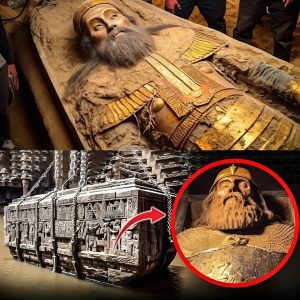
Introduction:
In a heartbreaking loss for British heritage, The Crooked House, famously known as Britain’s wonkiest pub, was tragically demolished last year following a devastating fire. This beloved landmark, with its quirky tilted structure and rich history, was a symbol of local pride and a unique piece of architectural curiosity. The demolition has left a void in the hearts of many, marking the end of an era for this one-of-a-kind establishment.
The History of The Crooked House:
Located in the West Midlands, The Crooked House was originally built as a farmhouse in 1765. Over time, due to mining subsidence, the building began to tilt, creating the distinctive slant that gave the pub its famous nickname. Despite its unusual appearance, The Crooked House stood as a functioning pub for over two centuries, drawing visitors from all over the country who were eager to experience its peculiar charm.
Inside, the pub played tricks on the eyes, with walls and floors at odd angles, making objects appear to defy gravity. Patrons could place a marble on the bar, and it would seemingly roll uphill. This optical illusion, along with the pub’s warm atmosphere, made it a beloved spot for locals and tourists alike.
The Fire and Demolition:
In August of last year, tragedy struck when The Crooked House was engulfed by a fire. The blaze, which broke out under mysterious circumstances, caused significant damage to the already fragile structure. Despite efforts by firefighters, the building was left in a precarious state, and the decision was made to demolish it for safety reasons.
The demolition was met with widespread sadness and outrage, as many had hoped the pub could be restored. The loss of The Crooked House is felt deeply, not just by the local community but by heritage enthusiasts across the UK. The pub was more than just a building; it was a piece of history that told the story of the region’s industrial past and its impact on the landscape.
Community Reactions and Legacy:
The destruction of The Crooked House has sparked a broader conversation about the preservation of historic buildings and the challenges they face in modern times. Many have called for stricter protections for heritage sites, arguing that more could have been done to save the pub. There is a sense of mourning for the loss of a cultural landmark that had stood for over 250 years.
However, the legacy of The Crooked House lives on in the memories of those who visited and in the countless photographs and stories shared by patrons over the years. While the building may be gone, its unique character and the joy it brought to so many will not be forgotten.
Conclusion:
The demolition of The Crooked House, Britain’s wonkiest pub, following a devastating fire, marks the end of an iconic piece of the nation’s architectural history. Its loss serves as a poignant reminder of the importance of preserving our cultural heritage and the irreplaceable value of historic landmarks. Although The Crooked House is no longer standing, its story will continue to be told, a testament to the quirky charm and resilience of British history.





